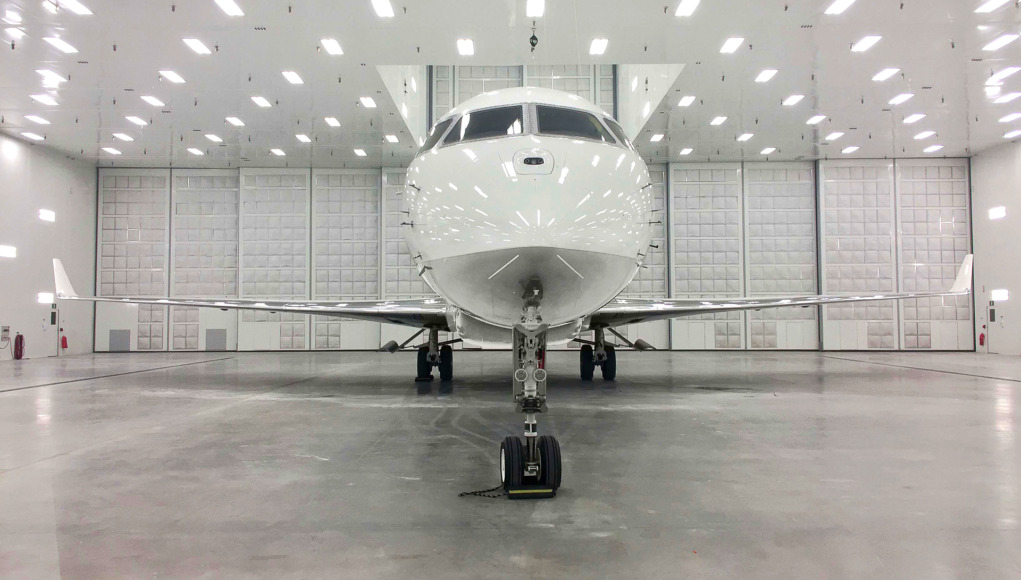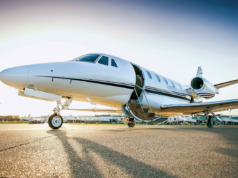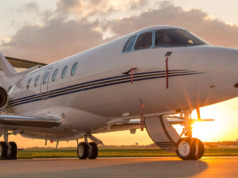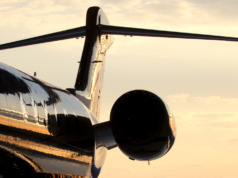A silver lining is forming on the clouds of the pandemic. An increased appreciation of business aviation and its ability to convey passengers more safely, as well as to conduct repatriation, medevac, and cargo flights as commercial fleets were grounded, has further buoyed its value.
Business aviation’s advantages are attracting significant numbers of new entrants to the sector, revitalising demand from traditional users and even driving former passengers back to the ramp.
However, OEM production lines have slowed during the pandemic, and trends show that newer models are piquing the interest of young entrepreneurs lining up to purchase state-of-the-art machines with their new-found wealth.
Savvy purchasers recognize the value of pre-owned aircraft as a cost-effective, customizable alternative. In addition to the initial lower price, and more immediate access, the opportunity to add value through intelligent refurbishment makes financial sense.
Pre-owned purchases appeal to an array of buyers: aircraft owners looking to up- or downgrade an existing aircraft, new entrants seeking an efficient and safe means of transport that reduces exposure to COVID-19, corporations needing to add to their fleet while minimizing costs.
Companies affected by the limitations of grounded commercial fleets are now investigating the use of retired regional jets. The corporate shuttle conversion provides cost-effective transport between corporate sites no longer served by regional hub and spokes.
However, finding a suitable pre-owned aircraft requires expert industry knowledge. Support from a team of brokers, lawyers, transaction specialists, completion managers, and aviation consultants with access to on- and off-market aircraft is vital for both sourcing and acquisition. Once an aircraft is identified, the pre-purchase inspections completed, the documentation secured, and funds transferred, the task of refurbishment begins.
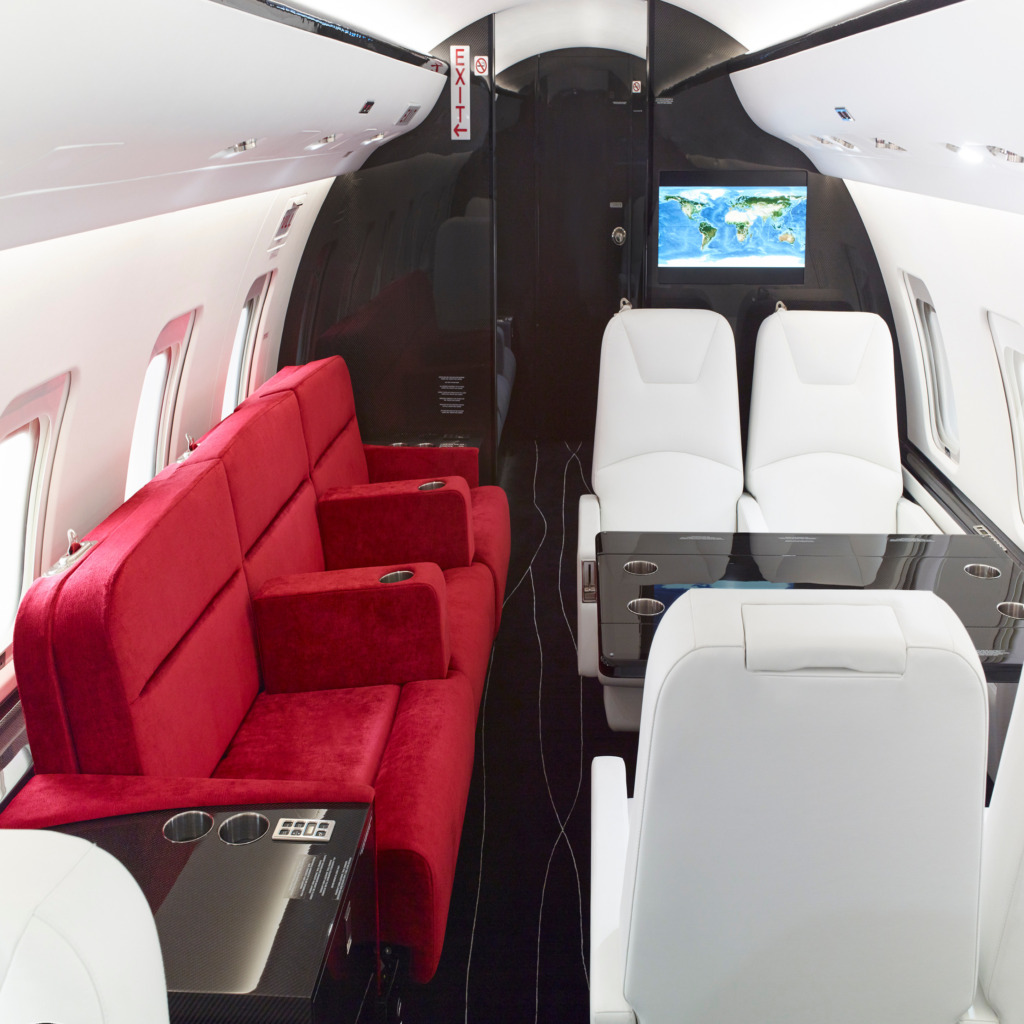
Choosing an MRO
Conducting effective due diligence while selecting an MRO is key. Your professionally managed, on budget, and on-time refurbishment will aid in value retention of your aircraft, and also add value to your initial outlay. How can you find a suitable maintenance, refurbishment and overhaul (MRO) facility?
- MROs nominated as Authorized Service Facilities (ASF) have demonstrated to an aircraft manufacturer that their process, procedures, and operating philosophy mirror their methodology. The ASF status not only is a stamp of approval from a specific OEM, it also indicates the MRO invests time and money in its facilities, its people, and its customers. An MRO holding the ASF can offer all the necessary refurbishment tasks, and you can be assured that time, budget, and quality of work are paramount.
- Look for an MRO that will dedicate one project manager to your aircraft. He or she simultaneously will oversee time-consuming components such as maintenance repairs, interior design and installation, and external paint work.
- Choose a facility that listens to your unique needs and requirements. Embarking on a complex project requires working with trusted partners who have the required expertise and knowledge.
- An MRO with extensive experience and strong relationships with suppliers enables them to get creative with even the most stringent budgets. A good MRO will discuss all options above and beyond the initial ideas; an excellent MRO will take impossible ideas and make them a reality.
A carefully future-proofed plan adds value to the aircraft above and beyond the initial purchase price. Specifying intricate details at the outset avoids wasted time and cash later. Recognizing – and being able to convey – your mission requirements to the MRO is essential in defining the refurbishment. Frequency of flights, average passenger load, routes, range and airport destinations, productivity, comfort, and business requirements, as well as personalized design elements all are key factors in defining the conversion.
If an aircraft is continually shuttling between corporate locations, the refurbishment’s value likely will be its ability to support productivity during flight. Here, function may trump form in terms of design, as excellent high-speed connectivity, sturdy seating designed to enable meetings, and comfortable workspaces transform the aircraft into an office, creating a productive, rewarding workspace.
Smart lighting that emulates circadian rhythms and mood lighting may be able to be retrofitted safely by rewiring the ballasts, and the ability to install cabin air purification also will add value. For global travel, spaces conducive to sleep and relaxation, combined with the productive environment, will ensure optimal use of the cabin.
An owner conscious of operating costs may consider a multi-purpose cabin. Equipping a stylish interior that doubles up as a medevac aircraft, or that can swiftly adapt to a freight format, increases perceived and practical value.
The cabin is not the only part of the interior to consider. Many flight crews say they are going to the office when they step into the flight deck. An attractive comfortable, stylish and appealing office that reduces workload and aids flight management adds value and can help enhance crew retention.
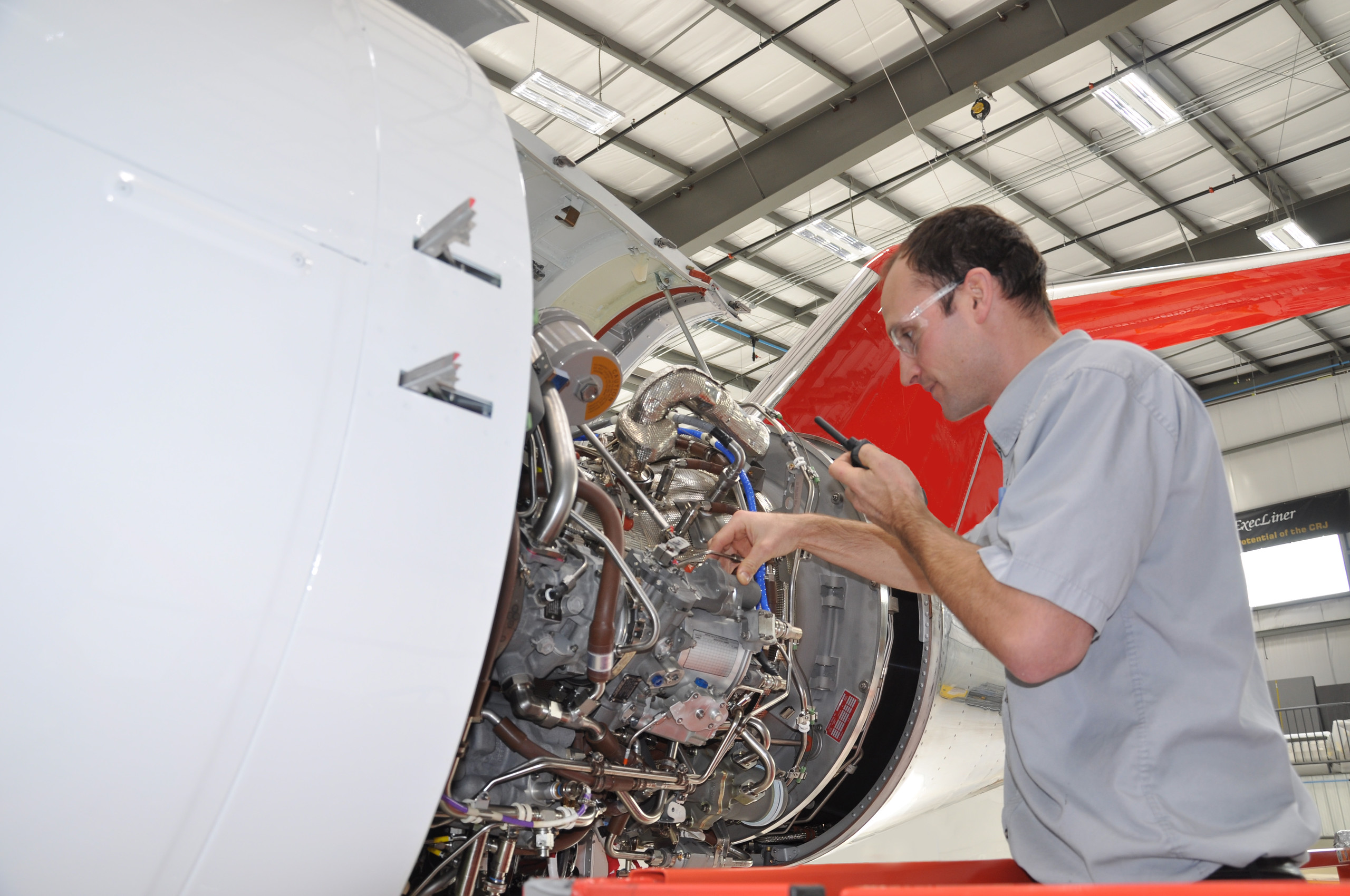
Key Points for Future-proofing Your Aircraft
Connectivity is not only the lead aspect of any refurbishment, it also is the backbone of future mandatory requirements. For many owners, if the connectivity is not working, the aircraft will remain grounded until resolved. Connectivity supports productivity, enhances flight operations, helps budget management, predicts maintenance events, delivers entertainment, and can reduce operational costs. IT protocols can be replicated at 40,000 feet to ensure valuable corporate data are protected from potential cyberattacks. Connectivity supports flight attendant activity through cabin management systems. Initially the domain of the heavy jets, advanced technology is trickling down to smaller aircraft.
Technology is an essential future-proofing pillar of any refurbishment, not just from a connectivity standpoint but from the perspective of well-being. The pandemic has acted as a catalyst for the ubiquity of high-spec air filtration systems. Cabin humidifiers and lower pressurization reduce the discomfort of jet lag. A growing range of products supports these options, and should be considered in your plans.
Equipping the latest mandatory equipment for the flight deck is imperative. The recent ADS-B OUT mandate demonstrated that an aircraft can lose value if its technology does not meet regulatory requirements, not just at the deadline, but even years before the mandate takes effect. Look to the horizon when it comes to flight deck management. The cabin crew systems that allow easy control of the cabin environment, support catering requirements, and can deliver reliable IFE and connectivity are the most valuable. Skimp on any of those and the value of the asset surely will be reduced.
A pre-owned aircraft delivers great value, and the benefits of owning are further amplified by the global uncertainty. For those wanting to mitigate risks associated with commercial flights, a pre-owned aircraft provides a secure means of travel, among its many other benefits. As long as you are aware of the steps involved, can source a good MRO, and set a realistic budget, an intelligently refurbished aircraft will always be a good investment. BAA
As Executive Vice President at Flying Colours Corp. Mr. Gillespie is responsible for strategic planning across the Flying Colours Corp. facilities in the USA, Canada and Singapore. He has over 30 years of experience in maintenance, repair, overhaul, refurbishment and completions. After completing a business administration course at Trent University. Mr. Gillespie has worked his way through the various workshops and departments of Flying Colours so has hands on experience of what it takes to refurbish and convert aircraft. Mr. Gillespie works with his brother Sean Gillespie and Flying Colours founder John Gillespie (his father) to ensure the company adheres to its corporate philosophy of Innovation, Integrity and Flexibility at all times.
After more than 15 years working in the business, he plays a full and rounded part in setting Flying Colours on its rapid growth trajectory.


